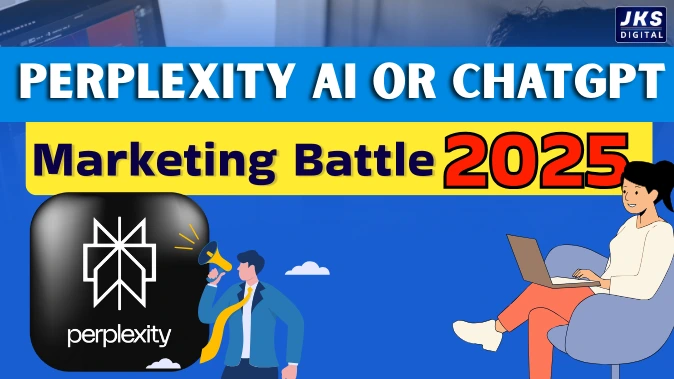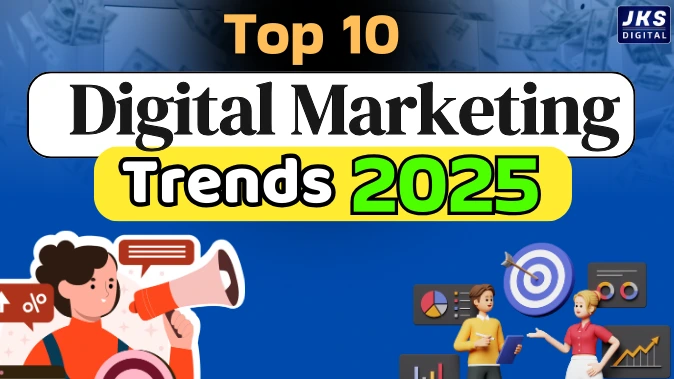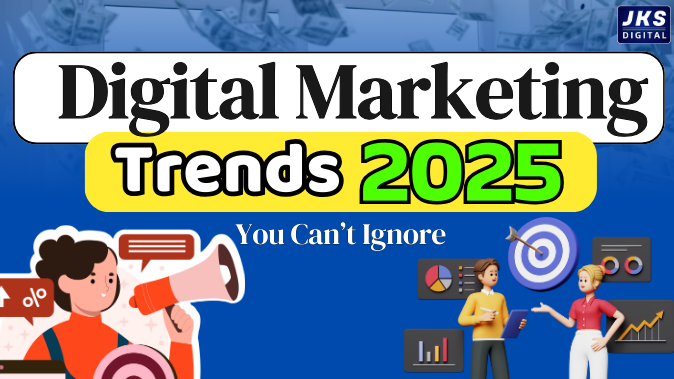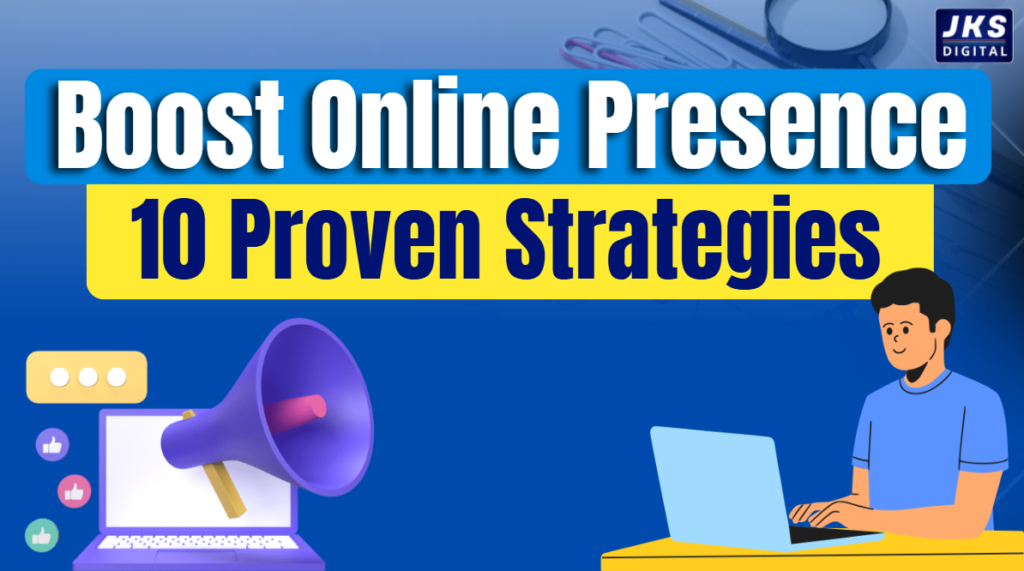Perplexity AI vs ChatGPT:- Digital marketing in 2025 looks very different from what it was just a few years ago. Today, the question is no longer “Should we use AI?”—that debate is long over. The real challenge now is deciding which AI tool can actually drive better results, save time, and give businesses a competitive edge.

In this space, two names dominate almost every conversation: Perplexity AI and ChatGPT. Both are highly advanced, both are powerful, but they serve very different purposes. ChatGPT has become the go-to tool for creating engaging content, generating ideas, and interacting with customers, while Perplexity AI is emerging as a research-driven, real-time assistant that marketers are using to make smarter, data-backed decisions.
If you’re a marketer, an agency owner, or a business strategist, this is the question you’re probably asking right now: Which AI tool should I trust for digital marketing success in 2025?
In this article, we’ll take a closer look at both tools, break down their strengths and limitations, and explore real-world use cases so that by the end, you’ll know exactly which one is the right fit for your digital marketing strategy.
What Makes Perplexity AI Unique?
Perplexity AI isn’t your typical chatbot; it’s a smart AI-powered research and discovery platform. It has positioned itself as an AI-powered search and discovery engine designed to bridge the gap between traditional search engines and conversational AI.

Unlike Google, which simply lists links, or ChatGPT, which creates responses based on training data, Perplexity AI combines the best of both worlds—it pulls real-time information from the web and then delivers it in the form of clear, AI-generated summaries.
For digital marketers in 2025, this distinction is game-changing. Here’s why:
1. Real-Time Data at Your Fingertips
In digital marketing, trends shift overnight. Google rolls out algorithm updates, social platforms change policies, and consumer behavior evolves constantly. Perplexity AI helps marketers stay ahead by giving them the latest data in real-time, whether it’s for SEO strategy, keyword trends, or breaking industry news.
2. Source Citations for Credibility
One of the biggest challenges marketers face is ensuring that the data they use is reliable. Perplexity AI solves this by providing source citations alongside its responses. That means when you share insights in a client pitch, blog post, or campaign strategy, you can confidently show exactly where that information came from—building trust and authority.
3. Tailored Research Modes
Instead of wasting time filtering irrelevant data, Perplexity AI lets you refine your research with specific modes like Academic, News, and Web. For example, if you’re preparing a whitepaper for B2B clients, you can switch to Academic mode for high-quality references. If you’re crafting a social media campaign, News mode gives you the latest trending updates.
4. Instant Competitor Analysis
Understanding what competitors are doing is crucial in 2025’s fast-moving digital market. Perplexity AI can quickly scan and summarize competitor websites, ad copies, or campaign strategies, helping you identify gaps and opportunities without spending hours on manual research.

Practical Example
Let’s say you’re preparing a LinkedIn campaign to promote “AI-powered marketing tools.” Instead of browsing through multiple reports and articles, you can ask Perplexity AI to pull the latest 2025 industry reports, summarize the findings, and highlight the most relevant stats. Within minutes, you’ll have research-backed insights that you can use to craft compelling ad copy, blogs, or client presentations.
Why ChatGPT Still Holds Its Ground in 2025
While Perplexity AI excels at research and real-time insights, ChatGPT remains the go-to AI for marketers who need creativity, scale, and personalization. Unlike traditional AI search tools, ChatGPT focuses on conversation-driven assistance, allowing users to generate content, brainstorm ideas, code, and even engage with customers seamlessly.

Here’s why marketers continue to rely on ChatGPT in 2025:
1. Content Creation at Scale
From blog posts and ad copies to video scripts and email newsletters, ChatGPT allows marketers to produce high-quality content quickly and efficiently. Agencies and businesses no longer have to spend hours drafting multiple versions—ChatGPT can generate multiple variations within minutes, saving time while maintaining creativity.
2. Personalization Across Buyer Personas
In 2025, personalized marketing is more important than ever. ChatGPT allows marketers to tailor messages for different customer segments, ensuring that content resonates with each audience. Whether it’s a Gen Z audience on Instagram or a B2B decision-maker on LinkedIn, ChatGPT helps craft messages that feel personal and relevant.
3. SEO-Friendly Writing
When used with the right prompts, ChatGPT can produce SEO-optimized articles and web content that are structured to rank on search engines. From keyword placement to meta descriptions, it assists marketers in creating content that is both user-friendly and search-engine ready.

4. Automation for Efficiency
ChatGPT isn’t just about content creation. It also automates routine marketing tasks, such as website chatbots, email responses, and customer support scripts. By handling repetitive tasks, it frees up time for marketers to focus on strategy, creative campaigns, and growth.
Example in Practice
Consider a digital marketing agency planning a full month of social media content. With ChatGPT, the team can generate 30 days of Instagram captions, complete with compelling CTAs, trending hashtags, and even carousel post ideas. While Perplexity AI excels at research and insights, ChatGPT shines in creative execution, making it an indispensable tool for content-heavy campaigns.
In short, ChatGPT continues to be a versatile, scalable, and highly efficient AI assistant—especially for marketers who want to create engaging content, automate workflows, and deliver personalized experiences at scale.
Head-to-Head Comparison: Perplexity AI vs ChatGPT in 2025
When choosing between Perplexity AI and ChatGPT, it’s essential to understand their strengths, limitations, and ideal use cases. Both tools are powerful, but they serve different roles in a marketer’s toolkit. Here’s a detailed comparison for 2025:

Primary Strength
- Perplexity AI: Excels in real-time research and insights, making it ideal for staying updated with industry trends, monitoring competitors, and collecting factual information.
- ChatGPT: Shines in creative and scalable content creation, from blog posts to ad copies and scripts. Its ability to generate varied content quickly gives marketers a creative edge.
Best Use Cases
- Perplexity AI: Perfect for market research, competitor analysis, and fact-checking. Marketers can use it to understand what’s happening in the industry in real-time and make data-backed decisions.
- ChatGPT: Suited for content-heavy tasks like writing blog posts, creating ad copies, designing chatbot responses, or storytelling for social media campaigns.
SEO Support
- Perplexity AI: Helps discover fresh keywords, trending topics, and emerging queries, making it a valuable tool for SEO research and strategy.
- ChatGPT: Generates SEO-optimized articles, landing pages, and content frameworks that are ready to rank, provided the user inputs the right prompts.
Content Credibility
- Perplexity AI: Provides source citations for its responses, making it highly credible for reports, campaigns, and research-heavy content.
- ChatGPT: Offers moderate credibility, as it does not provide direct references by default. Users may need to cross-check facts when accuracy is critical.
Creativity
- Perplexity AI: While it delivers precise insights, its creative capabilities are limited. It’s better suited for analysis than content generation.
- ChatGPT: Extremely strong in creativity, capable of generating compelling stories, ad copies, and social media content tailored to different audiences.
Cost
- Perplexity AI: Available as freemium with optional Pro plans for advanced features.
- ChatGPT: Free access is available, along with Plus or Pro plans for faster responses, priority access, and additional features.
Limitations
- Perplexity AI: Creativity is limited and responses can sometimes be too brief or focused strictly on facts.
- ChatGPT: May produce outdated or inaccurate information if browsing or live-data features are disabled, so cross-checking is necessary for critical tasks.
Summary:
In simple terms, Perplexity AI is the go-to tool for research and factual insights, while ChatGPT dominates content creation and creative campaigns. Together, they can complement each other, allowing marketers to combine real-time data with high-quality, engaging content—making 2025 digital marketing smarter and more efficient.
Tips for Using Perplexity AI and ChatGPT Together in 2025
Rather than choosing between Perplexity AI and ChatGPT, marketers in 2025 can harness the strengths of both tools to create smarter, faster, and more effective campaigns. Here’s how to combine them for maximum impact:

1. Research with Perplexity, Write with ChatGPT
Start your process by using Perplexity AI to uncover the latest marketing trends, industry insights, and competitor strategies. Once you have these insights, feed them into ChatGPT to generate engaging blog posts, email campaigns, social media copy, or ad creatives. This approach ensures your content is both data-backed and compelling.
2. Validate Data Before Publishing
While ChatGPT is excellent for content generation, it can sometimes “hallucinate” facts or provide outdated information. Always cross-check important statistics, figures, or claims with Perplexity AI’s source citations. This step guarantees your content maintains credibility and trustworthiness.
3. Optimize Your SEO Strategy
Perplexity AI can help you discover trending keywords, emerging topics, and search patterns, while ChatGPT can transform these findings into SEO-friendly articles, landing pages, or website content. By combining these capabilities, you can boost organic reach without spending hours on manual keyword research.
Read Also:- 10 Free AI Marketing Tools You Can’t Afford to Ignore in 2025
4. Refresh and Update Existing Content
Keep your content relevant by leveraging Perplexity AI to identify new developments in your industry. Feed these updates into ChatGPT to revise older blogs or web pages, ensuring your content remains accurate, fresh, and competitive in search rankings.
Example Workflow for Marketers in 2025:
- Step 1: Ask Perplexity AI, “What are the top B2B marketing trends in 2025?”
- Step 2: Extract insights from the cited sources and create a structured blog outline.
- Step 3: Paste the outline into ChatGPT to generate a fully written 1500-word SEO article with engaging headings, CTAs, and optimized keywords.

- Step 4: Double-check all statistics and references via Perplexity before publishing to maintain accuracy and authority.
By using this workflow, marketers can combine the research power of Perplexity AI with the creative and scalable output of ChatGPT, creating content that is not only engaging but also accurate and highly effective.
Which AI Tool Is Best for Digital Marketing Success in 2025?
The reality is, there isn’t a single tool that does it all. Both Perplexity AI and ChatGPT excel in their own domains:

- Need accurate, real-time research and insights? Perplexity AI is your go-to.
- Need scalable, creative content for blogs, ads, or social media? ChatGPT takes the lead.
But the true advantage comes from using them together. Marketers who can leverage Perplexity for research and data validation, and then turn those insights into compelling content with ChatGPT, will gain a significant edge in 2025.
Conclusion
Perplexity AI and ChatGPT are not competitors—they are complementary partners for modern marketers. One provides clarity, credibility, and real-time intelligence, while the other delivers creativity, scalability, and engagement.
For marketers aiming to succeed in 2025, the key is strategic integration: start using Perplexity AI for research and competitive insights, and then apply ChatGPT for content creation and campaign execution. This approach not only saves time but also ensures your campaigns are data-driven, impactful, and results-oriented.
Digital marketing in 2025 rewards those who combine smart research with creative execution, and mastering both tools could be the difference between good campaigns and truly outstanding ones.





